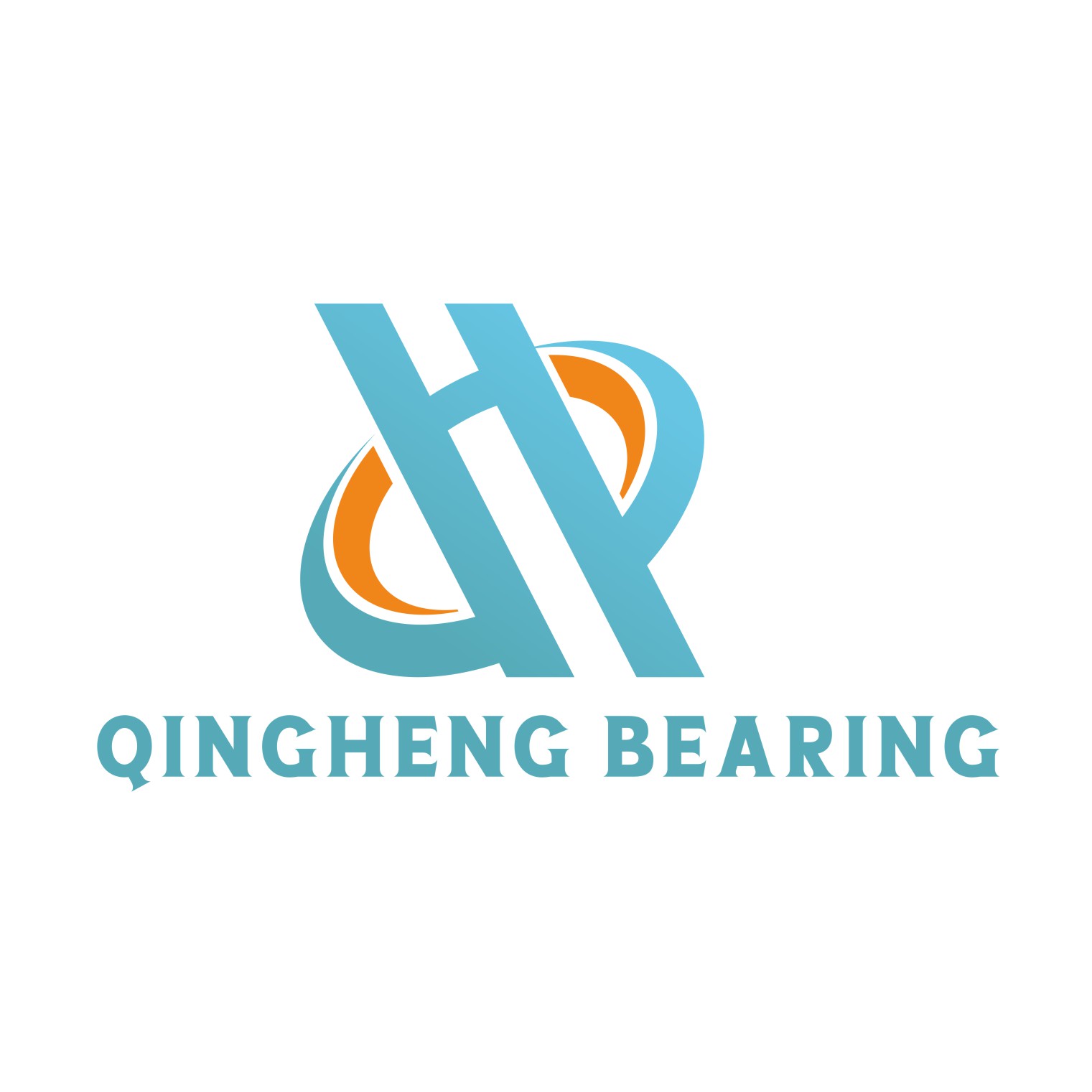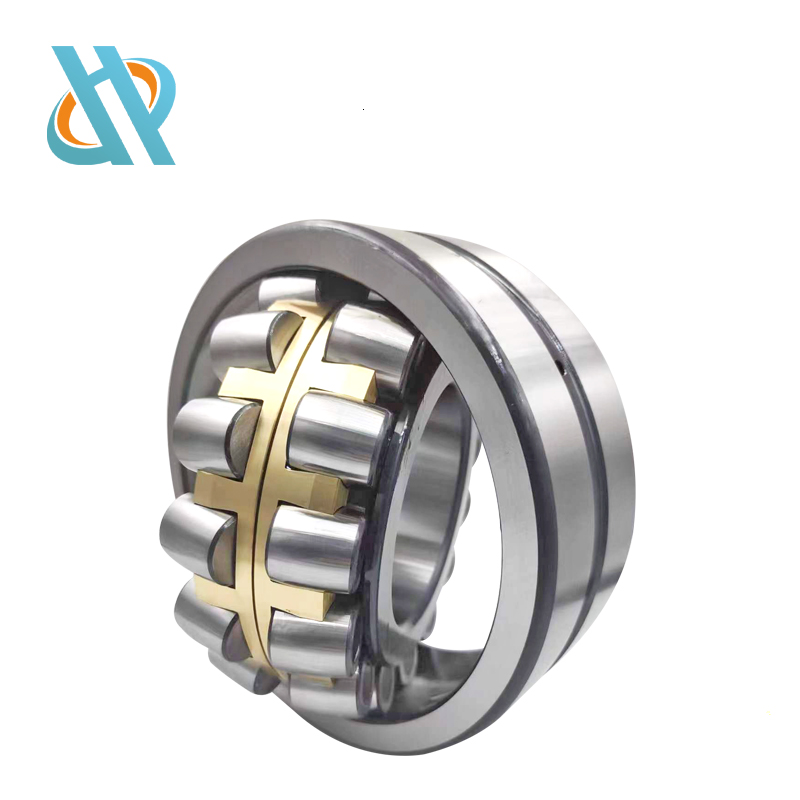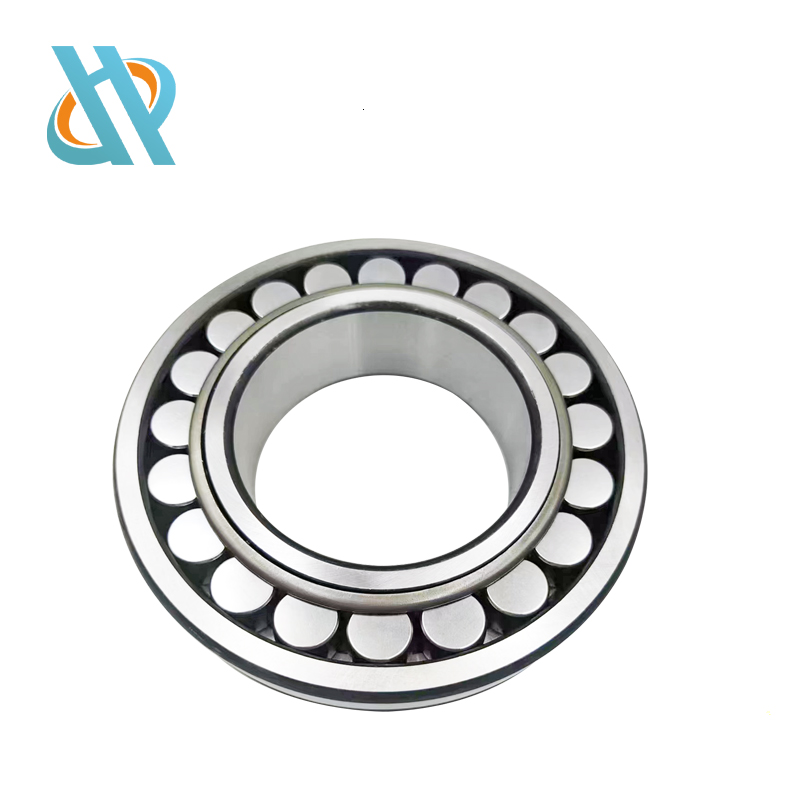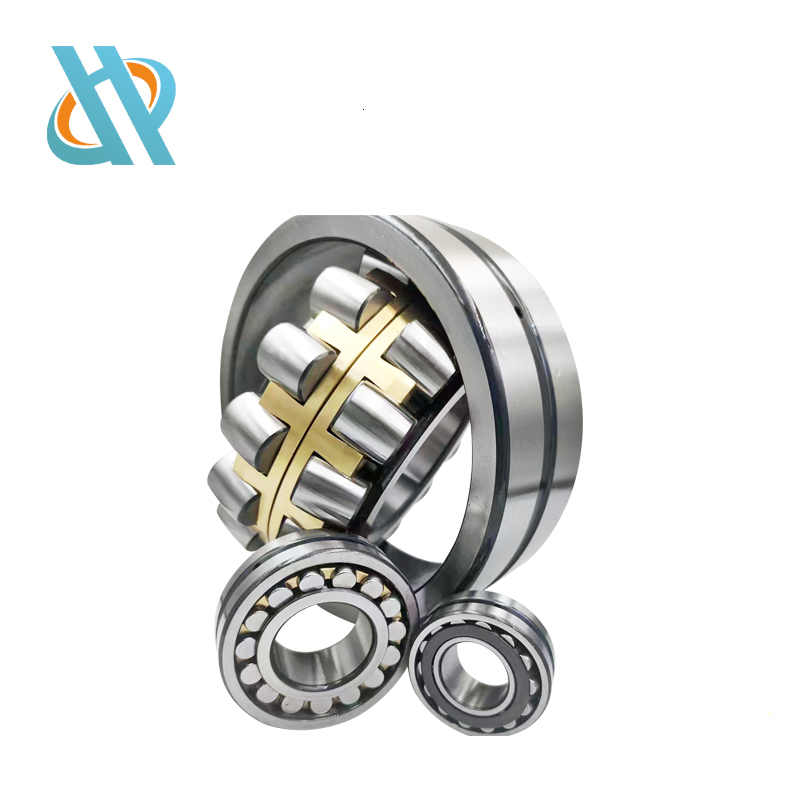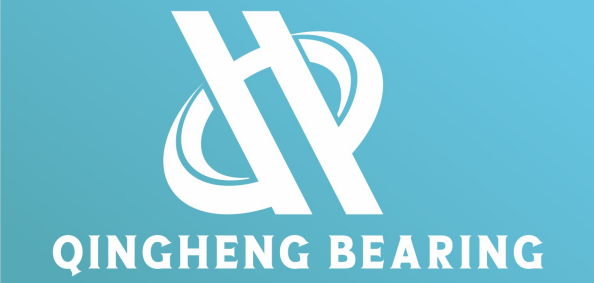Rolling Bearing MB
Supporting the rotating shaft and its components, while maintaining the normal working position and rotational accuracy of the shaft, rolling bearings are easy to use and maintain, reliable in operation, good in starting performance, and have high load-bearing capacity at medium speeds. Compared with sliding bearings, rolling bearings have larger radial dimensions, poorer vibration reduction ability, lower lifespan at high speeds, and higher noise levels
Products DETAILS
Rolling Bearing MB
The structure of rolling bearings consists of parts
1. Outer ring - installed in the bearing seat hole and generally does not rotate
2. Inner ring - installed on the shaft neck and rotating with the shaft
3. Rolling element - the core component of rolling bearings
4. Cage - evenly separate the rolling elements to avoid friction
Features of rolling bearings:
1. In the processing of specialized bearing parts, a large number of bearing specific equipment are used. If steel balls are processed using equipment such as ball mills and grinders. The characteristics of specialization are also reflected in the production of bearing parts, such as steel ball companies specializing in the production of steel balls and micro bearing factories specializing in the production of micro bearings.
2. progressiveness Due to the requirements of mass production of bearings, it is possible to use advanced machine tools, tooling and processes. Such as CNC machine tools, three jaw floating chucks, and protective atmosphere heat treatment.
3.The specialization of automated bearing production provides conditions for its production automation. Fully automatic, semi-automatic specialized and non specialized machine tools are widely used in production, and automatic production lines are gradually being promoted and applied. Such as automatic heat treatment lines and assembly lines.
